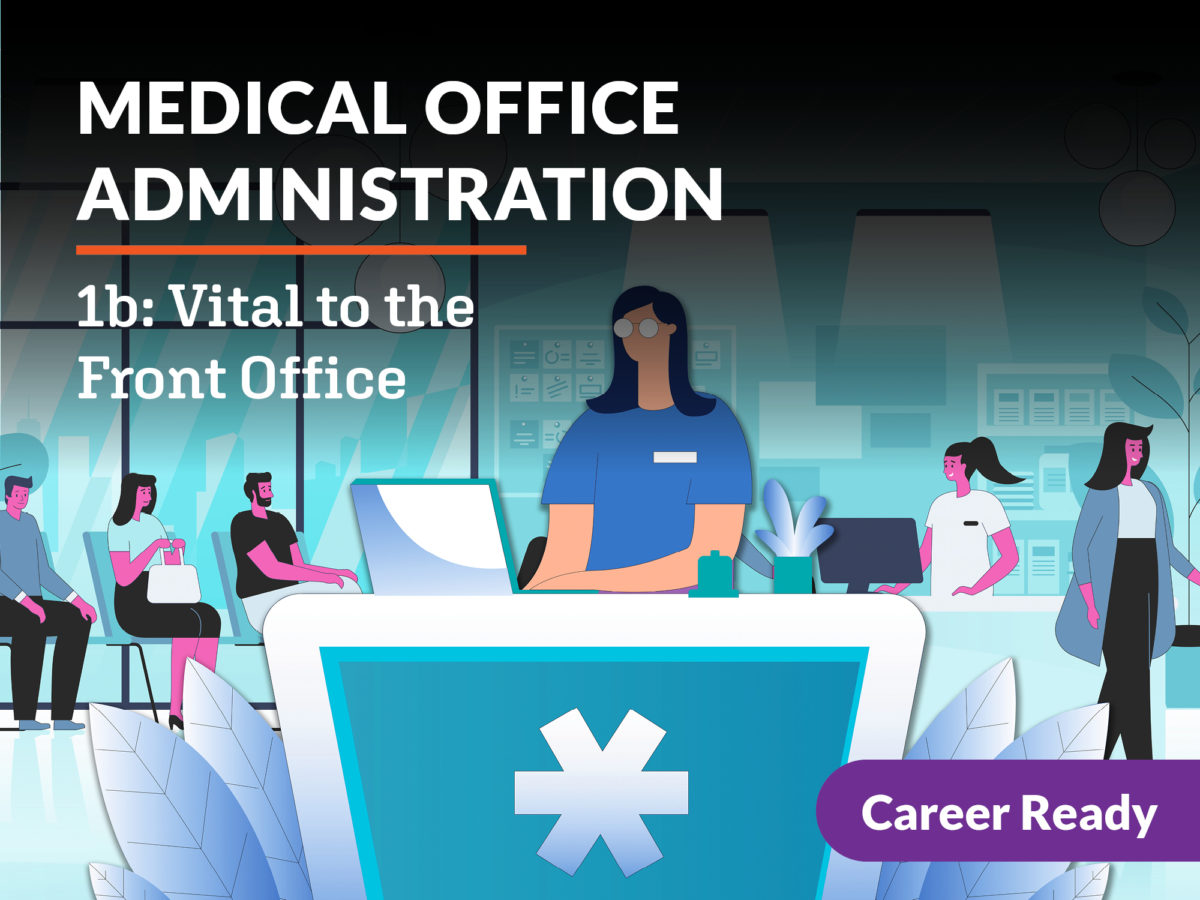The Importance of Medical Administration in Health Care Monitoring
The Importance of Medical Administration in Health Care Monitoring
Blog Article
Finest Practices in Medical Management for Improving Efficiency and Reducing Prices
In the ever-evolving landscape of healthcare, the search of best methods in clinical management is vital for enhancing effectiveness and suppressing expenses. By incorporating advanced modern technologies such as digital health and wellness documents and telemedicine, healthcare carriers can improve operations and boost individual care. Nevertheless, modern technology alone is not a panacea; optimizing source appropriation and fostering joint communication among care groups are equally critical (medical administration). As organizations aim to balance quality and price, what approaches should be focused on to accomplish these double objectives? The response to these questions hold the trick to a more sustainable health care system.
Leveraging Advanced Innovation
In today's rapidly advancing healthcare landscape, leveraging sophisticated technology is no much longer optional yet important for efficient medical administration. The combination of digital remedies right into medical care systems has changed the method facilities operate, enhancing procedures and improving client treatment. Electronic Health And Wellness Records (EHRs) are essential, providing extensive individual data that can be accessed immediately by authorized employees, thus decreasing redundancy and reducing mistakes. By systematizing individual info, EHRs get rid of the need for cumbersome documents and facilitate smooth communication among doctor.
Telemedicine is one more technological improvement that has actually revolutionized client communication. It provides convenience for both clients and medical care professionals by making it possible for remote consultations, which can lower the need for in-person visits and optimize visit organizing. Furthermore, telehealth systems can extend health care access to country or underserved locations, bridging voids in care distribution.
Additionally, the use of Artificial Knowledge (AI) and machine knowing is coming to be progressively prevalent in anticipating analytics, permitting early discovery of potential health problems and even more informed decision-making. These technologies, when incorporated efficiently, can improve diagnostic precision and individualize individual treatment strategies, ultimately leading to enhanced medical care end results and functional performance.
Optimizing Resource Allocation
By purposefully handling sources such as personnel, devices, and finances, healthcare centers can dramatically boost their operational efficiency, boost client outcomes, and minimize unnecessary expenses. The initial action in enhancing resource allowance entails carrying out a thorough assessment of present properties and recognizing areas where resources may be underutilized or overextended.
Prioritizing resource allotment based upon client requirements and solution needs is important. This includes aligning resources with high-demand locations, such as emergency situation treatment or specialized treatments, to ensure prompt and reliable person treatment. Applying adaptable staffing models can also maximize labor resources by adjusting personnel allotment in response to varying client volumes. Furthermore, embracing telemedicine and various other technological services can alleviate physical resource restraints by offering different opportunities for patient-provider interactions.
Economic resources need to be meticulously kept an eye on and assigned with strategic foresight to sustain both short-term operational needs and long-lasting institutional goals. This includes investing in training programs that improve personnel competencies and adopting energy-efficient methods that reduce operational expenses (medical administration). Inevitably, an optimized source appropriation method cultivates a sustainable medical care environment that is responsive, effective, and monetarily sensible
Streamlining Process Procedures
When health care facilities objective to boost operational performance, improving process procedures comes to be a critical focus. Effective process lessen redundancy, eliminate unnecessary steps, and boost coordination amongst healthcare specialists. This technique not only accelerates service distribution yet likewise boosts the top quality of individual treatment.

Next, innovation assimilation plays a considerable duty in simplifying process. Executing digital health records (EHRs) and digital doctor order entry (CPOE) systems decreases documents, lessens human mistake, and makes certain information comes to all relevant workers. In addition, leveraging telemedicine systems can simplify patient assessments and follow-ups, reducing the strain on physical framework.

Inevitably, streamlined process lead to cost decreases and improved individual contentment, fostering a much more sustainable health care atmosphere.
Enhancing Information Administration
Structure upon structured operations, optimizing data administration becomes an important component beforehand health care management. Reliable data administration systems are essential for keeping accurate person documents, boosting decision-making, and making certain compliance with regulative requirements. By carrying out robust data management options, healthcare facilities can improve the high quality of individual treatment while at the same time lowering operational costs.
One key aspect of improving information administration is the integration of innovative electronic health and wellness record (EHR) systems. These systems promote the seamless exchange of person information across different departments, minimizing replication of examinations and decreasing errors. A properly designed EHR system sustains information analytics, allowing doctor to determine trends and make educated decisions concerning person care.
Furthermore, securing individual information is vital. Embracing detailed cybersecurity click resources measures, consisting of security and normal audits, ensures the stability and privacy of sensitive information. This not just protects patients however likewise maintains the institution's track record.
Purchasing staff training is one more vital aspect. Enlightening health care experts on data monitoring methods enhances their capacity to successfully make use of innovation, bring about boosted individual outcomes. To conclude, improving information management with sophisticated technology and detailed training is important for accomplishing effectiveness and cost reduction in clinical administration.
Fostering Collaborative Interaction
An important part in advancing medical management is cultivating collective interaction amongst healthcare experts. Reliable communication is paramount for ensuring smooth client treatment, enhancing treatment end results, and lessening mistakes. By motivating open discussion and control across multidisciplinary teams, healthcare companies can improve their functional performance and reduce unnecessary costs.
Central to this method is the combination of interaction technologies such as electronic Click Here wellness records (EHRs) and safe and secure messaging platforms, which facilitate the rapid exchange of crucial client info. These devices allow doctor to gain access to and share data in actual time, ensuring that all employee are informed and lined up in their decision-making processes. In addition, regular team conferences and interdisciplinary rounds can additionally advertise a society of collaboration and liability.
Educating programs concentrated on improving interaction skills are likewise important. These programs can assist team develop the capability to communicate info clearly and pay attention proactively, therefore lowering misconceptions and fostering a helpful work setting. In addition, embracing standardized interaction procedures, such as SBAR (Scenario, History, Evaluation, Suggestion), can improve the exchange of info, making sure that crucial details are shared succinctly and properly. Inevitably, promoting collaborative interaction leads to boosted medical care distribution and price financial savings (medical administration).

Verdict
Including innovative technology, such as digital health and wellness records and see here now telemedicine, along with optimized source allocation and structured process processes, is essential for improving effectiveness in medical administration. Effective data monitoring and cultivating collective interaction amongst healthcare groups are important for minimizing redundancies and boosting care top quality. By prioritizing preventative care and taking part in high quality improvement campaigns, medical care organizations can accomplish considerable expense financial savings and boosted individual end results, consequently ensuring lasting healthcare shipment in an increasingly intricate environment.
Report this page